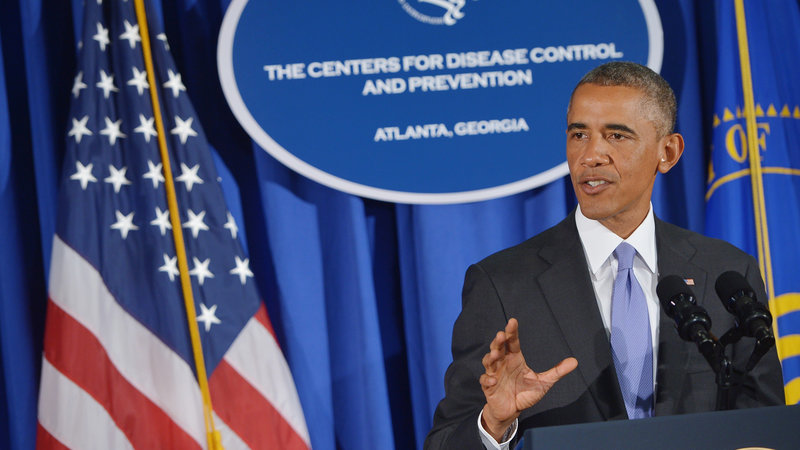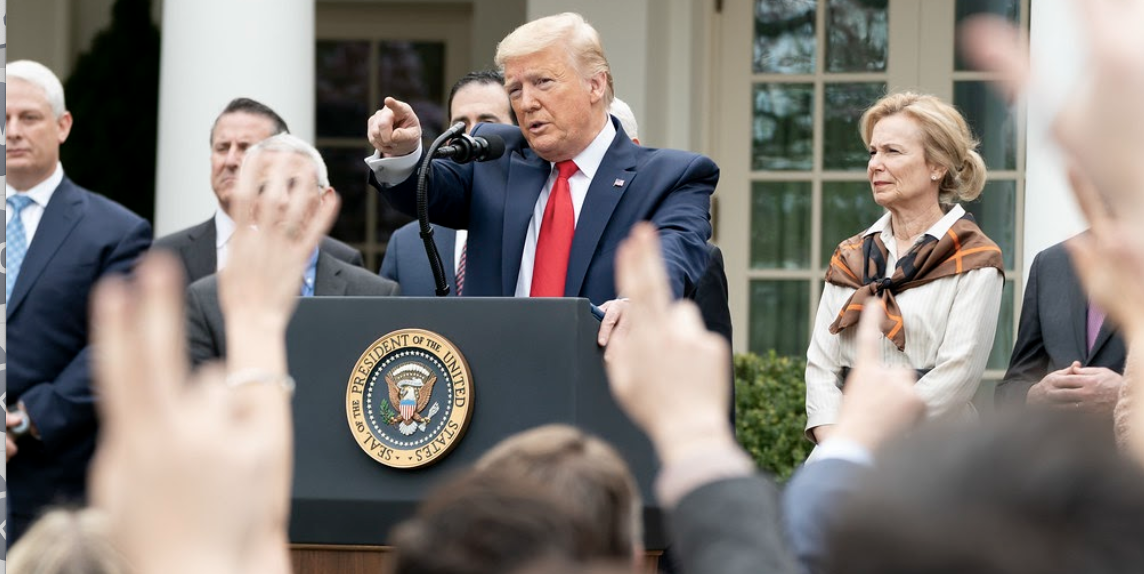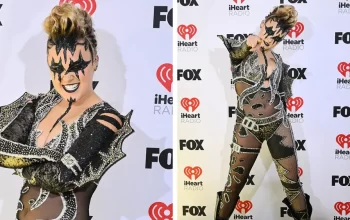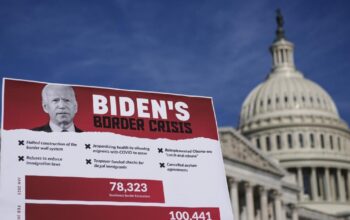Caroline Vincent and Kate Hunter, Reporters
@cvincentcourant and @khuntercourant
Amidst the recent global COVID-19 outbreak, world leaders have faced scrutiny for their responses to the pandemic, including United States President Donald Trump and Chinese President Xi Jinping.
However, this is not the first outbreak to grab presidential attention in the United States. In February 2014, the Ebola outbreak called for U.S. attention. Although Ebola was not as widespread in America as COVID-19 has proved to be, action was taken to contain the virus in western Africa.
On September 16, 2014, President Obama said, “faced with this outbreak, the world is looking to us, the United States, and it’s a responsibility that we embrace,” while addressing the CDC in Atlanta. The response by the Obama administration prompted the largest internal CDC response in history.
Many are comparing President Trump’s efforts to contain COVID-19 to President Obama’s efforts with ebola. In fact, on March 4, President Trump said, “The Obama administration made a decision on testing that turned out to be very detrimental to what we’re doing. And we undid that decision a few days ago so that the testing can take place in a much more accurate and rapid fashion. That was a decision we disagreed with. I don’t think we would have made it, but for some reason it was made. But we’ve undone that decision.”
This jab at the Obama Administration comes as President Trump is facing criticism for his lack of preparedness for the COVID-19 outbreak. The Obama Administration never made regulations on testing; instead, guidance documents for lab-developed tests in 2014 (amidst the Ebola outbreak), that never went into effect and were withdrawn before Trump took office.
How the United States reacted to COVID-19
Since January, President Trump has been downplaying the harsh reality of COVID-19, offering false, misleading, and ignorant statements.

President Donald Trump at a White House press conference declares a national emergency due to COVID-19. Photo by Saul Loeb.
On January 21, 2020, in an interview with CNBC, President Trump said, “We have it totally under control. It’s one person coming in from China, and we have it under control. It’s going to be fine.”
This comment was made when he was asked if he had concerns about a possible pandemic when a man in Washington state tested positive for COVID-19. Since then, there are over 1,000 confirmed COVID-19 cases in Washington, with 52 deaths. In the United States, 6,000 people have tested positive for COVID-19; health officials believe that this is not an accurate number, as many Americans do not have access to testing. The number of cases is expected to increase by next week drastically.
White House insiders have said that since January, President Trump has undermined his administration’s efforts to fight COVID-19. He has resisted attempts to plan for worst-case scenarios, overturned a public health plan upon request from political allies, and only repeats the warnings that he chooses to hear.
Ahead of the COVID-19 outbreak in the United States, the World Health Organization published a protocol from German researchers with the instructions needed for any country to manufacture their own COVID-19 testing. On January 17th, the same day that WHO published this information, a top United States health official said that the CDC had developed an earlier version of their own test, and would not be relying on the information from WHO. Currently, the United States is facing an extreme shortage of testing, a result which would not be the case if the CDC used the information from WHO.
President Trump is also being criticized for his disbandment of the NSC Pandemic Unit in May 2018, a unit whose job would be very critical at a time like this. President Trump disbanded this committee because he did not see a threat with pandemics. Now, the world is facing the most extreme, deadly pandemic of the 21st century.
How China reacted to COVID-19
President Trump is not the only leader receiving criticism for his reaction to COVID-19, so is Chinese President Xi Jinping. President Jinping knew about the outbreak of COVID-19 two weeks before the Chinese government confirmed the person to person transmission of the virus. This was also a week before Chinese doctor Li Wenliang was silenced for alerting colleagues through WeChat of a possible outbreak of an illness that resembled severe acute respiratory syndrome (later becoming COVID-19).
Proceeding this, Chinese police told him to stop making false comments. He was one of the eight people under investigation by the police for spreading rumors. Doctor Wenliang died February 7, 2020, after contracting COVID-19 while treating patients in Wuhan, China.
On February 3, President Jinping delivered a speech to the Politburo standing committee (China’s most powerful political body) regarding the state of COVID-19, and orders needed to contain the virus. The details of this meeting were only released on the weekend of February 15. This speech detailed a timeline of what President Jinping knew, and when.
President Jinping is receiving global criticism, as some of these details would have helped prevent the massive outbreak that we are facing now.
How COVID-19 relates to the Ebola outbreak
Similar to COVID-19, in 2014, the Ebola outbreak in West Africa attracted international attention. This virus was transmitted to people through wild animals, more specifically the fruit bat of the Pteropodidae family, and had a fatality rate of 50 percent.
During the Ebola outbreak, Government corporations, such as the U.S. Center for Disease Control and the U.S. Agency for International Development, provide funding and technology crucial to limiting the spread of the disease. Seventeen treatment centers were established with the U.S. Department of Defences 500 million dollar investment.

On October 25, 2014, President Obama said, “Here’s the bottom line. Patients can beat this disease. And we can beat this disease. But we have to stay vigilant. We have to work together at every level — federal, state, and local. And we have to keep leading the global response, because the best way to stop this disease, the best way to keep Americans safe, is to stop it at its source — in West Africa.”During a Senate Appropriations Committee hearing on September 16, 2014, Dr. Brantly, who contracted the virus when working in Liberia, said, “This is not just a disease, these are people who need help. These are societies that are collapsing because of the weight of this burden. We just need people to go help.”
The numbers and data provided in this article are from March 20, 2020. This information is changing daily.




